Our toxicologist reveals the 3 secretly toxic items in your living room – and the simple swaps to make to protect your health and home
Replace couches and carpets, and tackle dust effectively, our expert urges

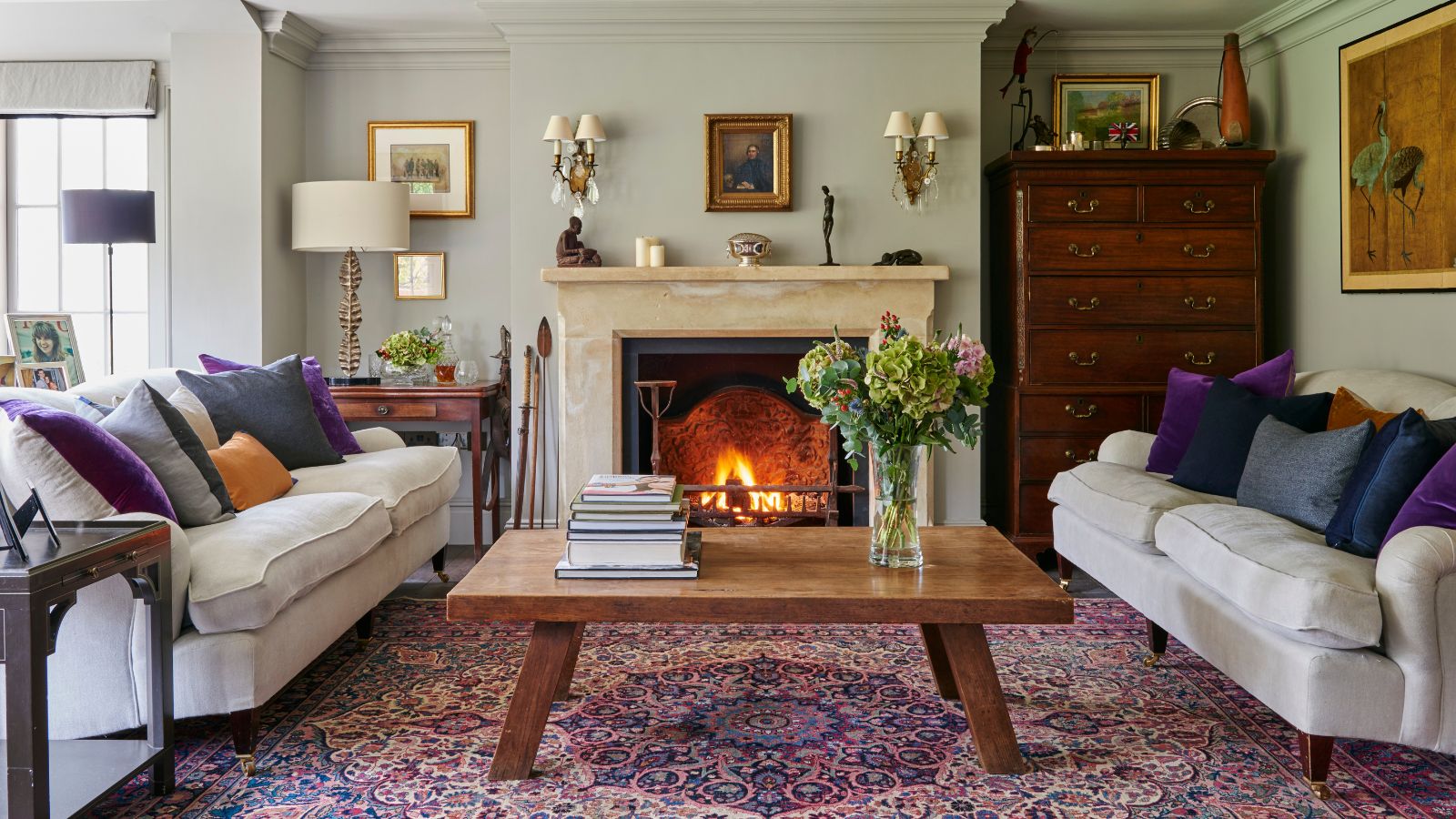
Your living room isn't just somewhere you unwind after a long day. It's where you entertain friends, watch movies, and curl up with a good book over a restful weekend.
It might seem cozy and comfortable, but did you know it could be filled with hidden hazardous chemicals, that may harm both your health and home?
Here, our toxicologist breaks down the toxic items to get rid of in your living room – from your couch to your carpet – that could be exposing you to flame retardants, PFAs, and other potentially hazardous substances, so you can make your home less toxic.
3 secretly toxic items in your living room
1. Household dust

When exploring how to remove dust around your home, it's almost impossible to completely be rid of it, particularly in a living room that's filled with soft furnishings, artworks and ornaments.
However, Tasha Stoiber, Ph.D., senior scientist at EWG, warns, 'Toxic chemicals from furniture, electronics and flooring settle into dust, which we breathe in or ingest, especially young children who play on the floor.'
Detailed in EWG's Healthy Living Home Guide to reducing household dust and getting toxic dust out of your home, Tasha recommends reducing exposure by using one of the best HEPA vacuums and getting clued up on how to mop floors the right way.
You can also make a homemade cleaning spray to repel dust and prevent it from settling, using olive oil, vinegar and dish soap, such as the all-natural Method Dish Soap, available at Walmart.
Design expertise in your inbox – from inspiring decorating ideas and beautiful celebrity homes to practical gardening advice and shopping round-ups.
All prices correct at time of publication.
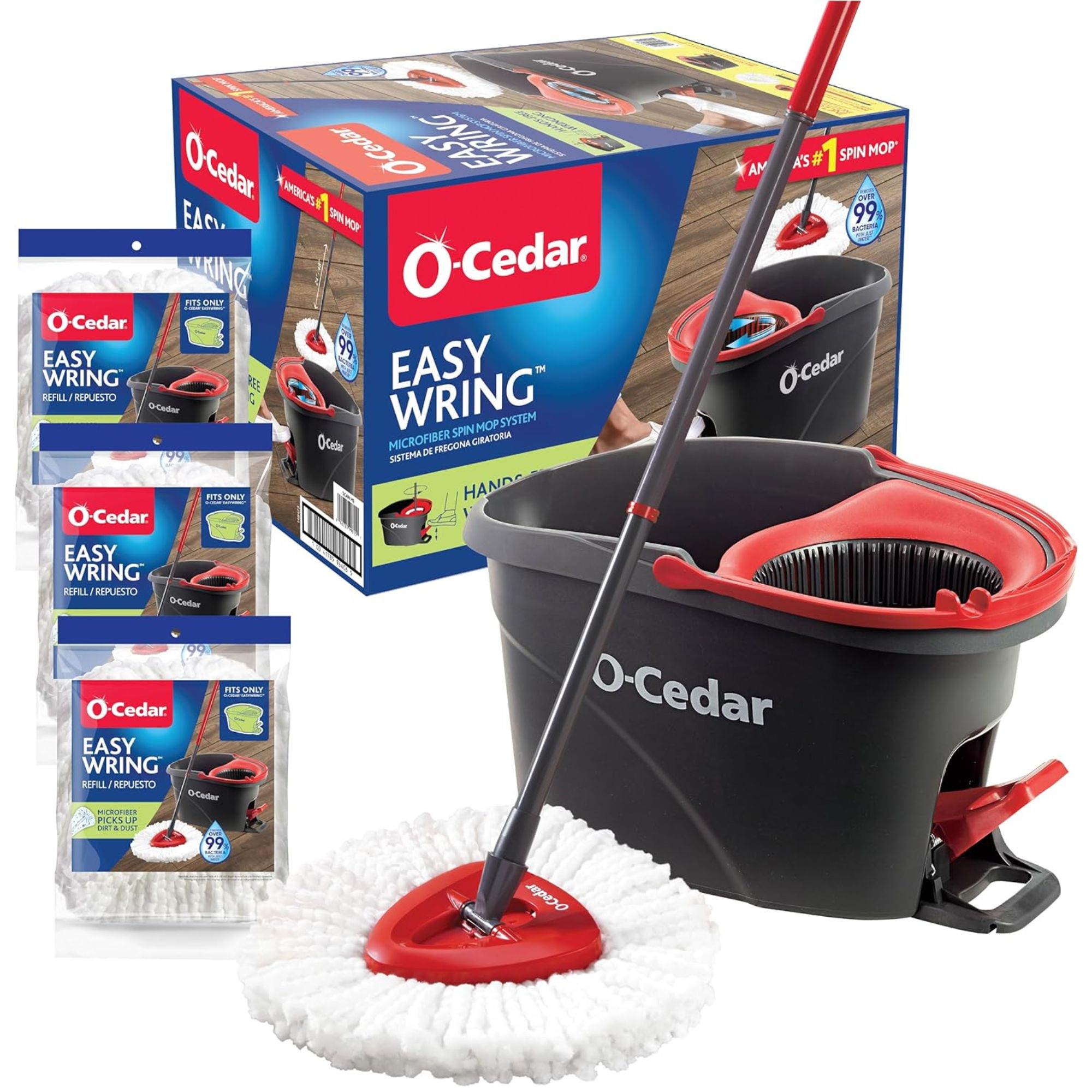
This bucket and mop features a microfiber, machine washable mophead, with a patented triangle design to reach into corners and capture dirt and grime with just plain water.
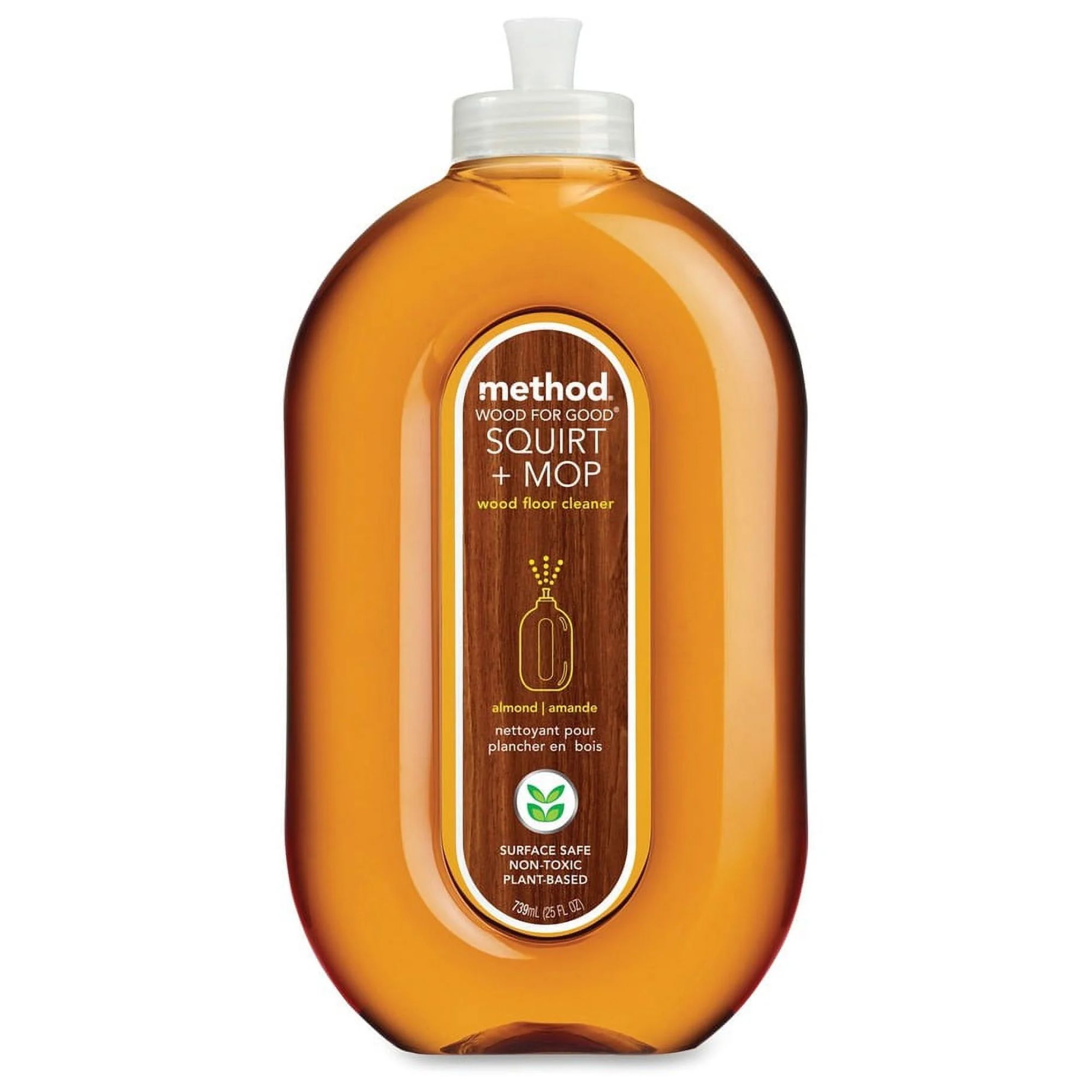
This is the perfect product for a one step clean, with no rinsing required. It's also vegan and plant-based, with a rich and nutty almond fragrance.
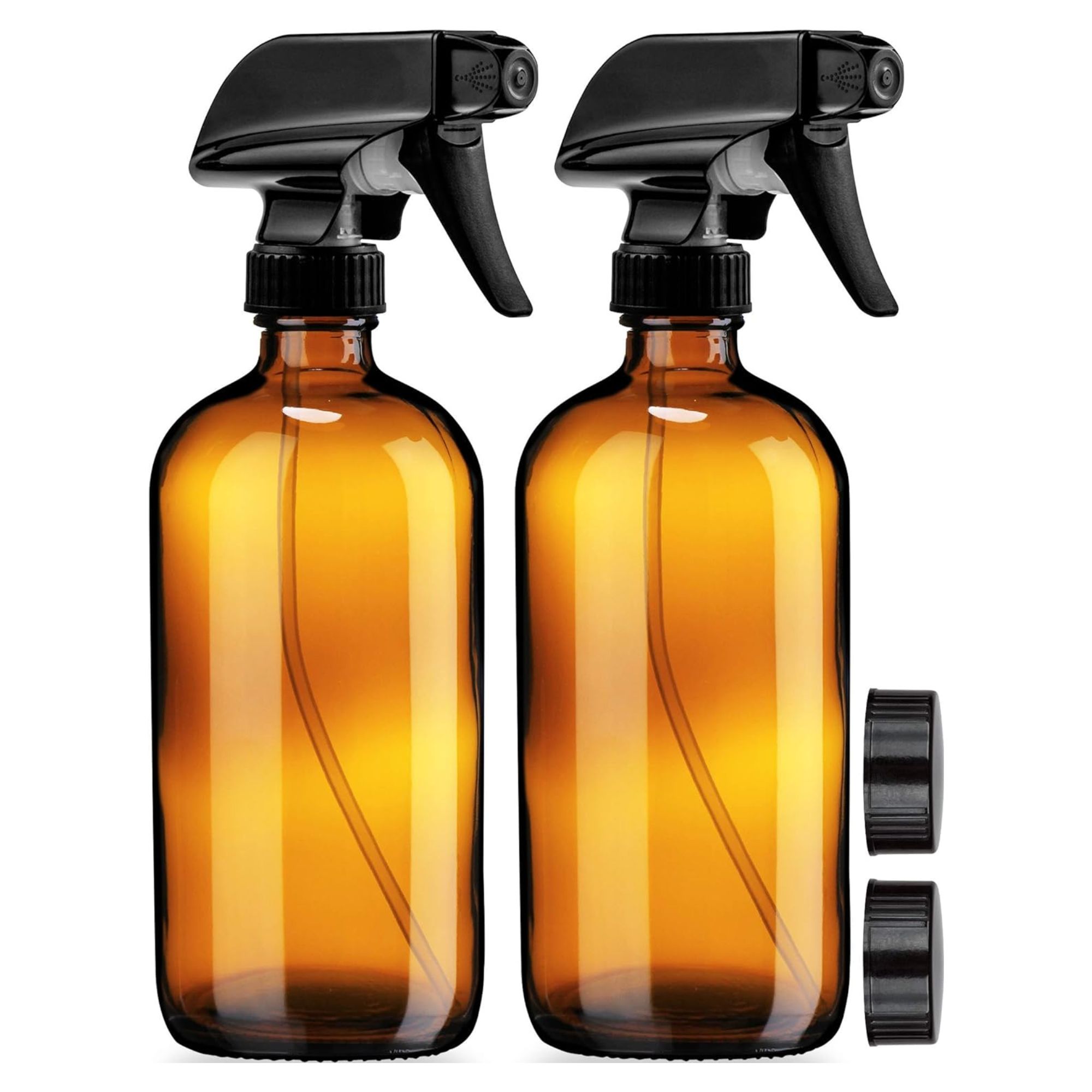
These eco-friendly glass bottles have UV protection to retain the efficacy of homemade cleaning solutions and reduce plastic chemicals in your home.
2. Carpets and vinyl flooring
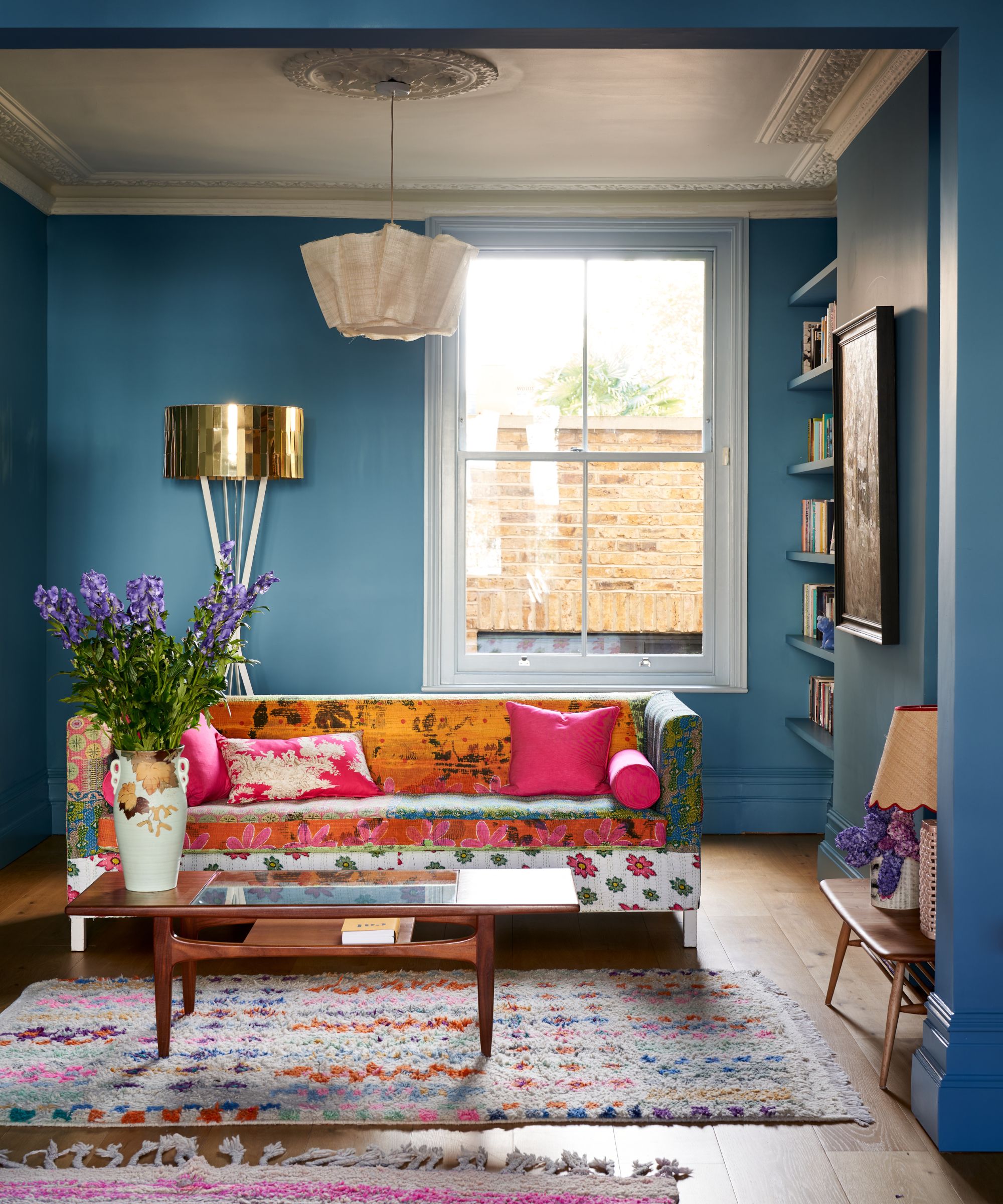
Whether you opt for soft and fluffy or bright and patterned, your living room doesn't need a rug, but they do always add a touch of flair. That being said, both carpets and bare vinyl flooring can post significant risks to your health.
As Tasha highlights, 'Many carpets contain stain-resistant coatings made from PFAs – so-called 'forever chemicals' linked to immune system suppression and cancer. Vinyl flooring also often contains phthalates, which interfere with hormone function.'
Therefore, if you're renovating, as explored in EWG’s Healthy Living Home Guide on carpets and flooring, Tasha recommends going for natural materials, like wool, when choosing a rug, and solid wood flooring ideas over other alternatives.
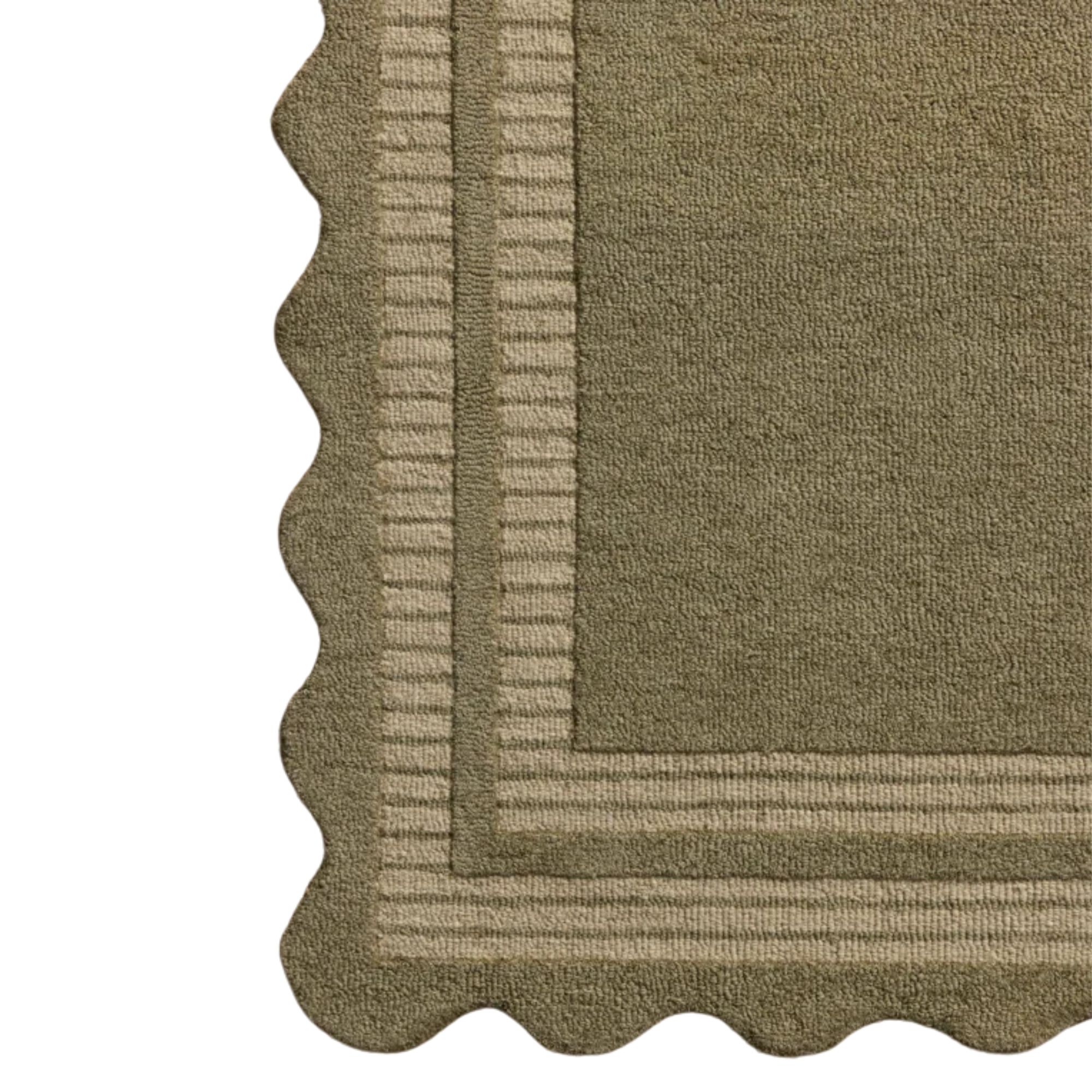
With a playful scalloped edge, this thick and plush area rug is made of 100% wool, and comes in five colors.
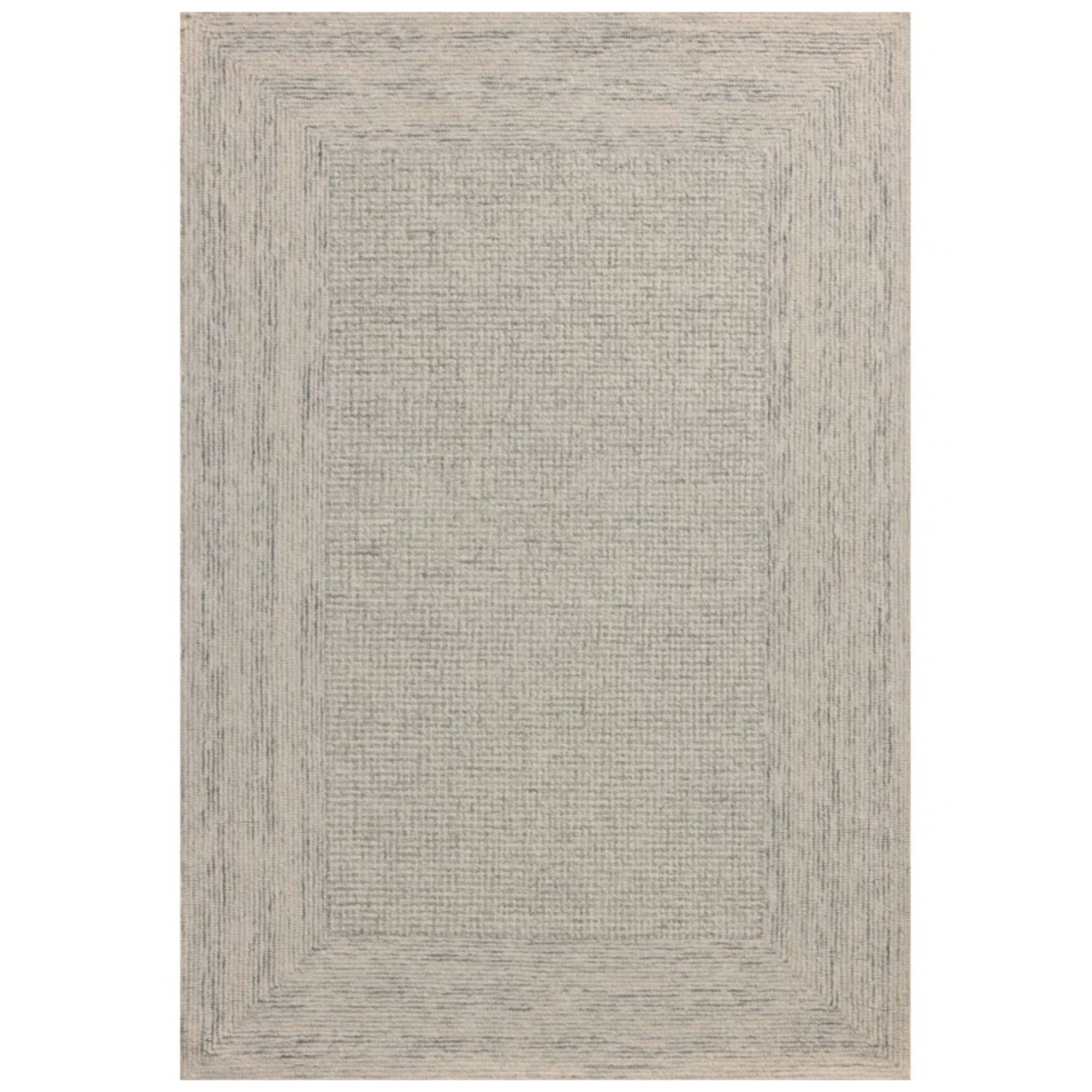
Hand-tufted by artisans in India, this ethically certified rug is ideal for high-traffic areas, with a timeless versatility and comfortable finish.
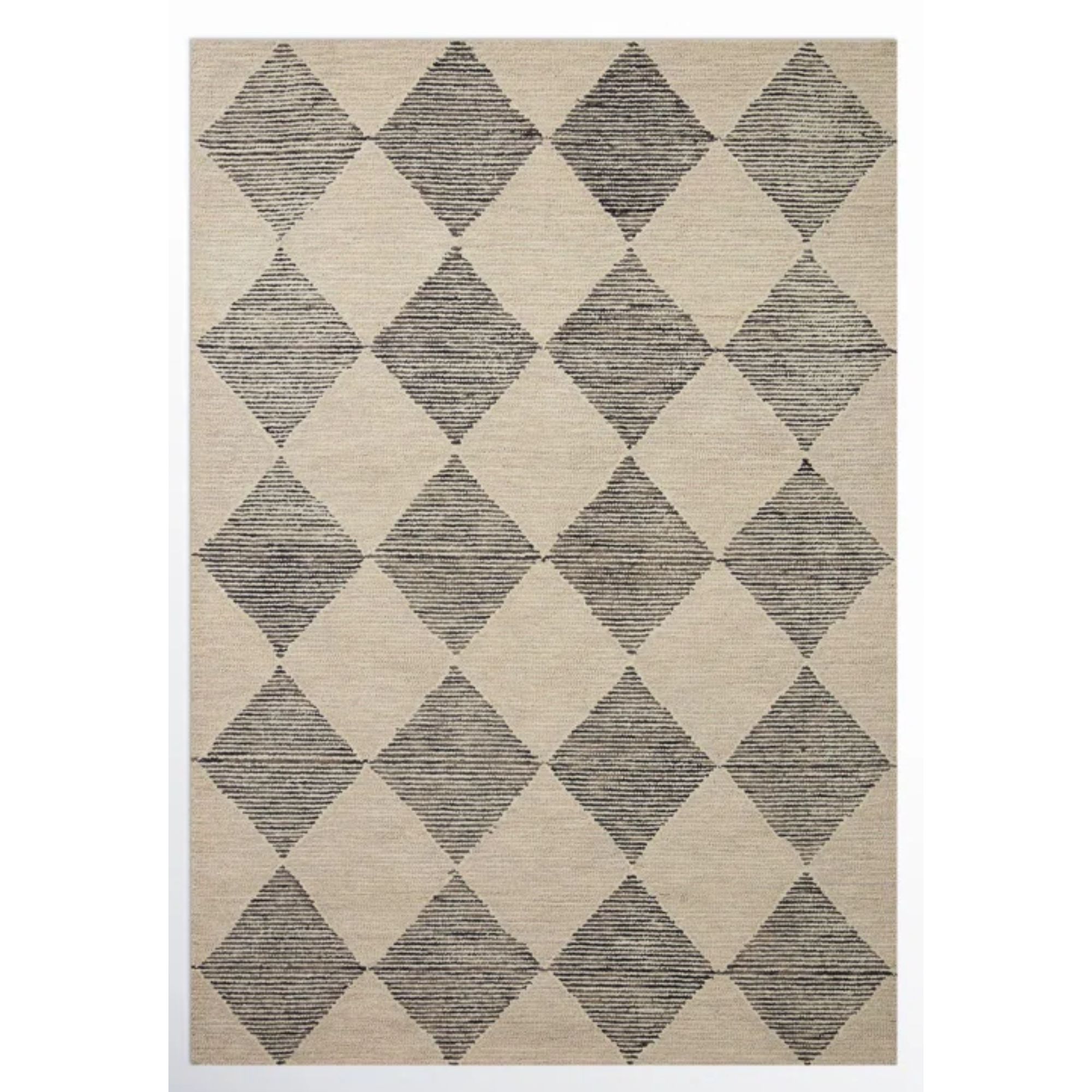
This durable rug, also available in a runner size, is stain resistant, with a medium-height woven pile.
3. Furniture foam
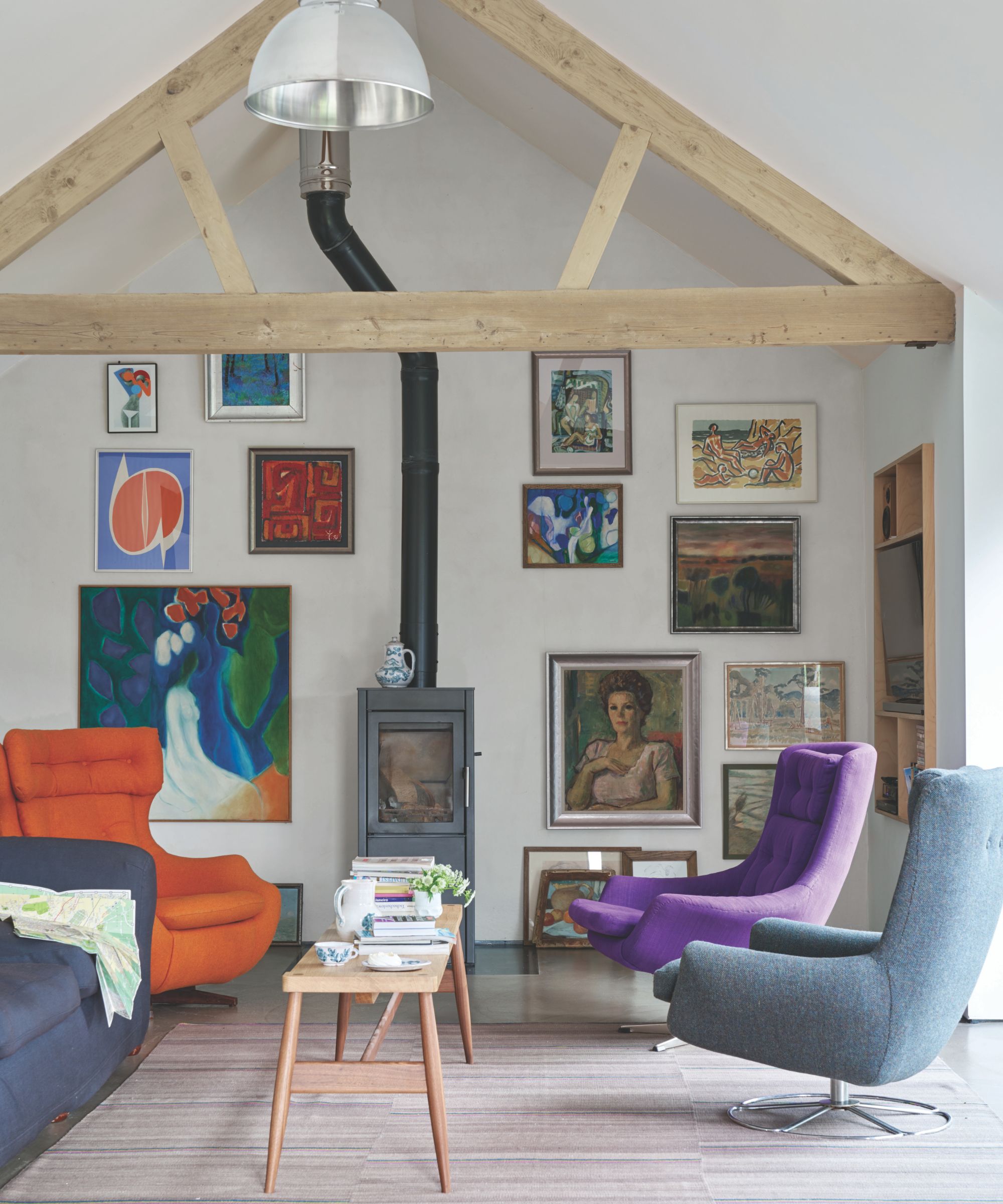
Once you've invested in the best couch you can afford, your evenings and days become a whole lot more comfortable. But, if you shop vintage or prefer to thrift, chances are your furniture foam could contain more than plush pillowing.
Tasha explains, 'For decades, manufacturers added flame retardants to upholstered furniture, thinking it would improve fire safety.
'But, we now know these chemicals don’t provide significant fire protection, and they come with serious health risks, including cancer, hormone disruption and developmental issues,' as covered in this EWG news release entitled Study: Replacing Furniture and Foam Reduces Levels of Toxic Flame Retardants, and this peer-reviewed paper on ScienceDirect.
When it comes to this toxic item to get rid of, Tasha advises replacing old couches, or, at the very least, swapping out foam cushions for flame-retardant-free options.
Importantly, this switch won't increase any common fire risks in your home, but will improve the air-quality of your home, even when living in a city.
Meet our expert

Tasha specializes in understanding the relationship between exposure to harmful chemicals and public health, primarily researching contaminants in water, indoor air pollution, including secretly toxic items, and chemicals in consumer products.
FAQs
What is the most toxic thing in a household?
It likely comes as no surprise, but chemicals, particularly anti-freeze, are the most toxic items in your household. Cleaning products like bleach are also up there, so why not try out some eco-friendly sustainable cleaning swaps to naturally fight grease and grime.
There are also a number of other ways your house could be making you ill, and learning how and why is crucial to protecting your health.
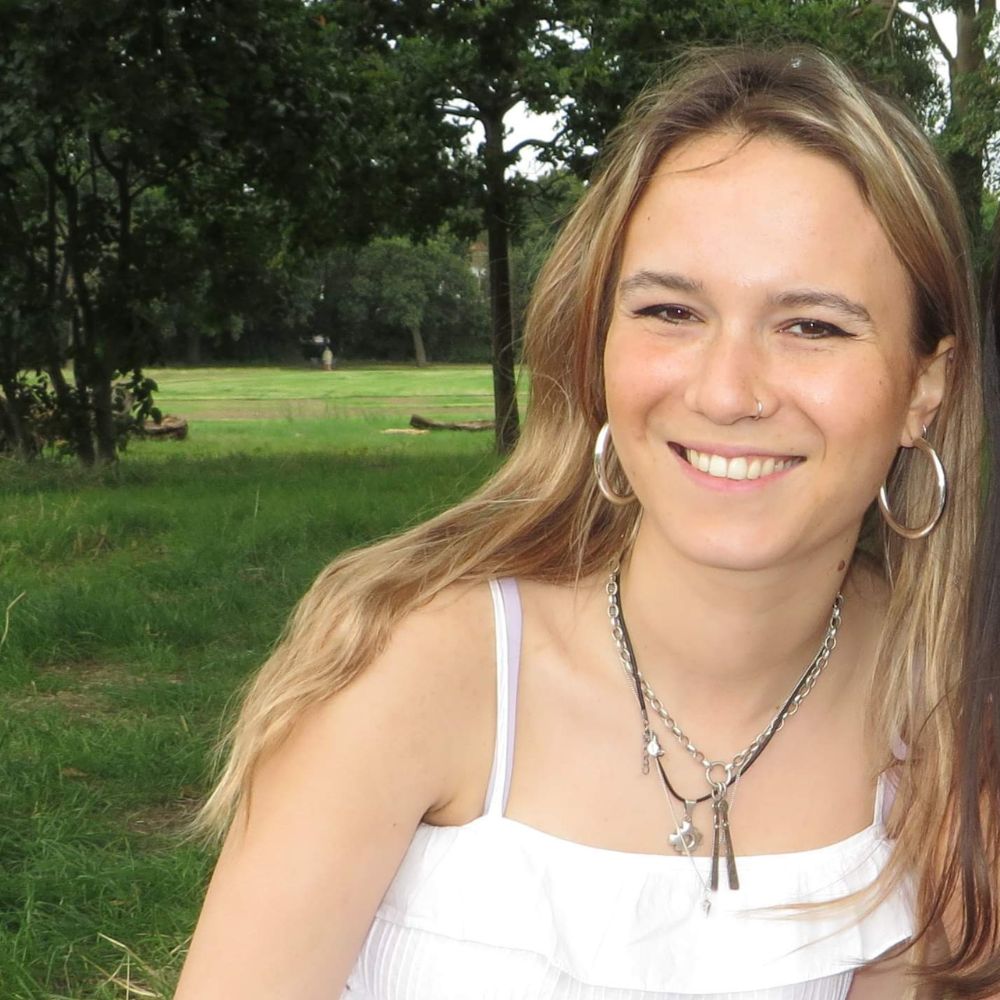
Ottilie joined Homes & Gardens in 2024 as the News Writer on Solved, after finishing a Master's in Magazine Journalism at City, University of London. Now, as the Sleep Editor, she spends her days hunting deals and producing content on all things sleep – from mattresses and sheets to protectors and pillows, all of which she tests in her own home. She also has particular expertise in home fragrance, covering everything from candles to reed diffusers.
Previously, she has written for Livingetc and Motorsport Magazine, and also has a Master's degree in English Literature and History of Art from the University of Edinburgh, where she developed a love for inspiring interiors and architecture.